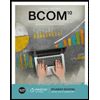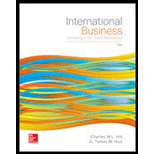
Case summary:
The case study indicates the complications in importing the tomatoes from Country M. The impact of importing and trade on the both sides are explained in this case. NAFTA (North American free trade agreement) came into effects. The tariff on import of Country M was dropped. Country U growers thought that there will be a huge loses because of Country M’s counterpart.
So growers of Country U lobbied the government for a minimum floor price for the Country M’s tomatoes in order to make the price of Country M to fall. But this does not protect the growers of Country U.
Before the effects of NAFTA Country M produces 800 million but now this has been increased to 2.8 billion pounds in the year 2011.
This made Country U to get the protection of import to survive. They also forced commerce department to scrap the floor price agreement and to make a case that Country M was dumpling the tomatoes in Country U.
This made many players to get angered including the importers of vegetables and many others. Thus the commerce department established a new agreement with country M to increase the
Characters in the case:
- Country N
- Country M
To discuss: Whether Country M’s producers are dumping the tomatoes in the Country U.
Introduction:
NAFTA (North American free trade agreement) is the agreement which is signed by the Country C, Country M, and Country U to have a free trade among the three countries.
Want to see the full answer?
Check out a sample textbook solution
Chapter 9 Solutions
International Business: Competing in the Global Marketplace
 BUSN 11 Introduction to Business Student EditionBusinessISBN:9781337407137Author:KellyPublisher:Cengage Learning
BUSN 11 Introduction to Business Student EditionBusinessISBN:9781337407137Author:KellyPublisher:Cengage Learning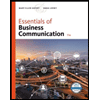 Essentials of Business Communication (MindTap Cou...BusinessISBN:9781337386494Author:Mary Ellen Guffey, Dana LoewyPublisher:Cengage Learning
Essentials of Business Communication (MindTap Cou...BusinessISBN:9781337386494Author:Mary Ellen Guffey, Dana LoewyPublisher:Cengage Learning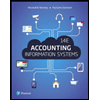 Accounting Information Systems (14th Edition)BusinessISBN:9780134474021Author:Marshall B. Romney, Paul J. SteinbartPublisher:PEARSON
Accounting Information Systems (14th Edition)BusinessISBN:9780134474021Author:Marshall B. Romney, Paul J. SteinbartPublisher:PEARSON
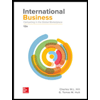 International Business: Competing in the Global M...BusinessISBN:9781259929441Author:Charles W. L. Hill Dr, G. Tomas M. HultPublisher:McGraw-Hill Education
International Business: Competing in the Global M...BusinessISBN:9781259929441Author:Charles W. L. Hill Dr, G. Tomas M. HultPublisher:McGraw-Hill Education